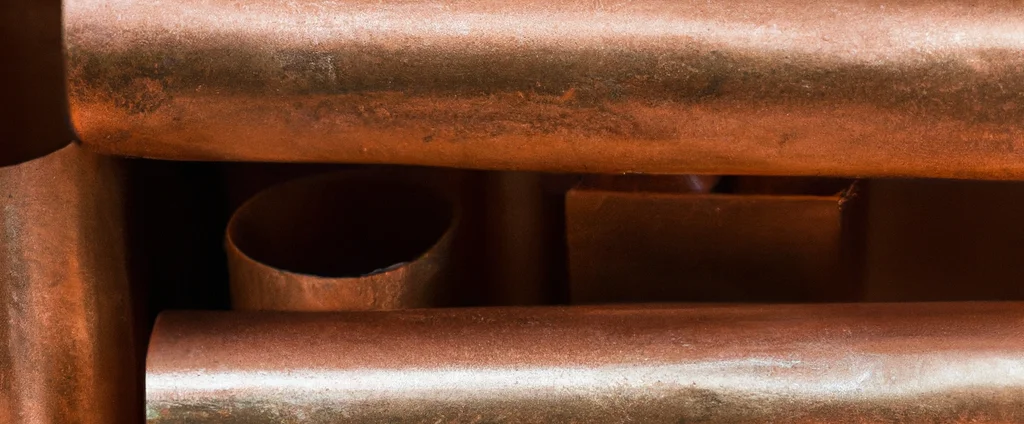Aluminium Bronze (UNS C62300)

Aluminum bronze C62300 is a copper-based alloy prized for its exceptional strength, corrosion resistance, and wear resistance. Ideal for marine hardware, aerospace components, and oil/gas equipment, it withstands extreme environments while maintaining durability.
| Chemical Composition | ||
|---|---|---|
| Element | Min | Max |
| Copper | 82.2% | 89.5% |
| Aluminium | 8.5% | 11.0% |
| Iron | 2.0% | 4.0% |
| Manganese | —— | 0.5% |
| Silicon | —— | 0.25% |
| Tin | —— | 0.6% |
| Residuals | —— | 0.5% |
The following table provides a list of aluminium bronze C62300 properties in both SI and US customary/Imperial units.
Click on the button to switch between Metric and Imperial units.
| Physical Properties | Metric |
|---|---|
| Density | 7650 kg/m3 |
| Mechanical Properties | Metric |
| Tensile Strength | 605 MPa |
| Yield Strength | 305 MPa |
| Young’s Modulus (E) | 117 GPa |
| Shear Modulus (G) | 44 GPa |
| Elongation at Break | 15% |
| Poisson’s Ratio (ν) | 0.34 |
| Thermal Properties | Metric |
| Melting Point | 1040 - 1046 °C |
| Thermal Conductivity | 54 W/m·K |
| Specific Heat Capacity (Cp) | 375 J/kg·K |
| Coefficient of Thermal Expansion (αL) | 1.62×10-5 1/°C |
| Electrical Properties | Metric |
| Electrical Conductivity | 6.96×107 S/m |
| Electrical Resistivity | 1.44×10-7 Ω·m |
The values in this table are approximate and can vary depending on various factors such as the specific manufacturing process and heat treatment applied to the alloy.
Advantages & Disadvantages of Aluminium Bronze C62300
| Advantages | Disadvantages |
|---|---|
| High strength | High cost |
| Corrosion resistance | Low melting point |
| Wear resistance | Sensitive to certain environments |
| Excellent machinability |
Applications of Aluminium Bronze C62300
Aluminium Bronze C62300 has a range of applications across different industries, thanks to its excellent combination of strength, corrosion resistance, and wear resistance. Key applications include:
- Marine Components: Widely used in the marine industry for applications such as propellers, ship fittings, seawater valves, and underwater fasteners. Its corrosion resistance and high strength make it ideal for withstanding the harsh conditions of saltwater environments.
- Aerospace Components: Utilized in the aerospace industry for various applications, including bearings, gears, bushings, and other critical components. Its strength, wear resistance, and ability to withstand high loads and temperatures make it suitable for demanding aerospace environments.
- Oil and Gas Equipment: Employed in the oil and gas industry for components such as valve bodies, pump shafts, and connectors. Its corrosion resistance is particularly beneficial in offshore and subsea applications where it is exposed to corrosive fluids.
- Industrial Equipment: Used in various industrial applications where strength and corrosion resistance are required. Examples include pump impellers, valve components, heat exchangers, and hydraulic fittings.
- Electrical Connectors: While it has slightly lower electrical conductivity compared to other bronze alloys, it is still used in electrical connectors and terminals that require good mechanical strength and moderate conductivity.
- Automotive Components: Some automotive applications include piston rings, valve guides, and other engine components that require high strength, wear resistance, and thermal conductivity.
